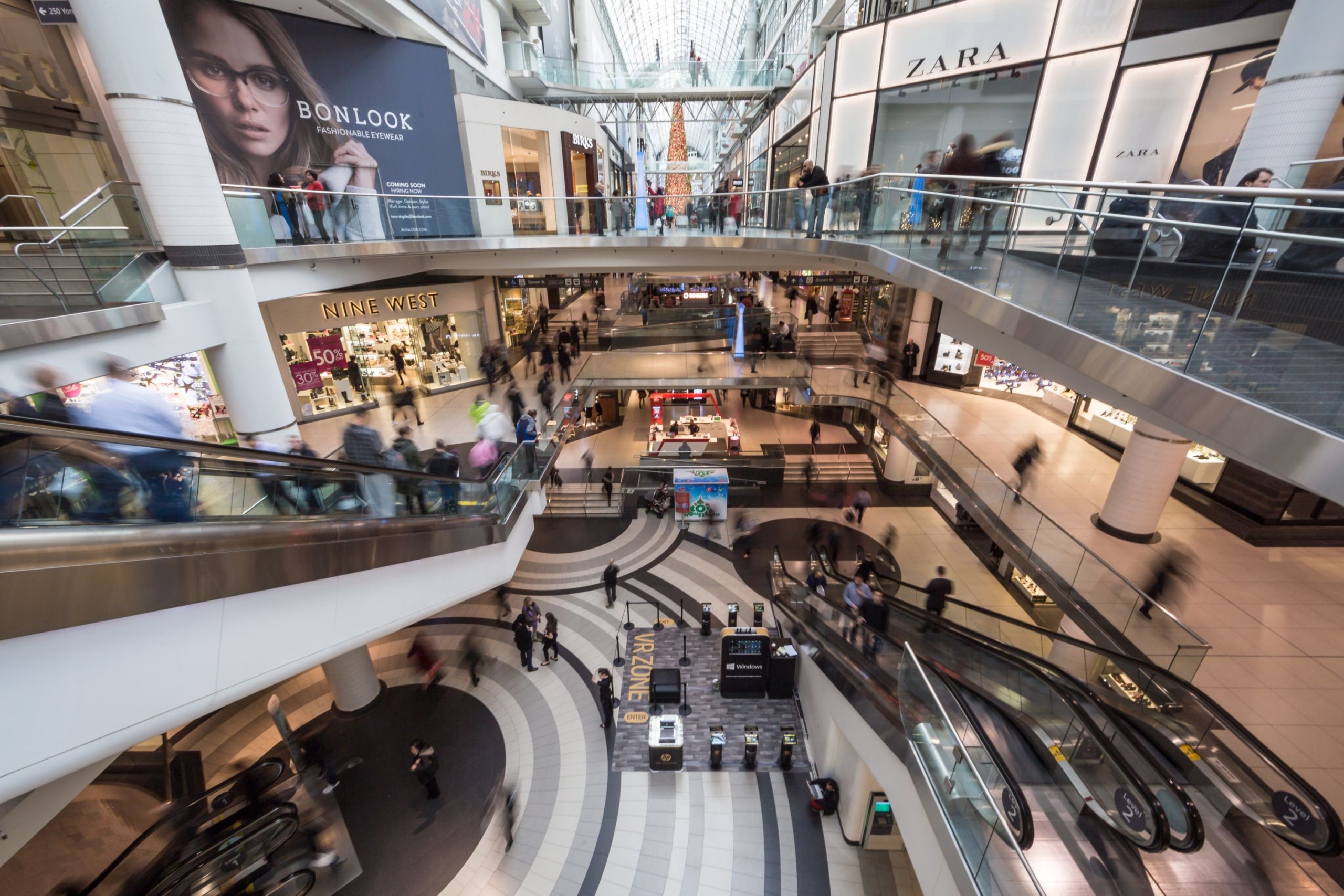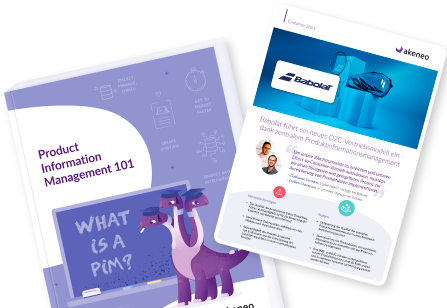May 04, 2020
By now, the effects of forced isolation and quarantine procedures brought on by COVID-19 have made their presence felt in every corner of the gl...

By now, the effects of forced isolation and quarantine procedures brought on by COVID-19 have made their presence felt in every corner of the globe and in nearly every facet of everyday life.
But it’s not just the panic-buying of items like toilet paper, hand sanitizer, and pasta that have impacted consumer behaviors. The elimination of in-restaurant dining, closing of nonessential businesses, and emphasis on staying home to stop the spread of the coronavirus have all brought on changes in a wide range of industries and sectors.
And while some things may return to normal once the restrictions have been lifted, consumer behavior is a fickle beast, and will not snap back to pre-isolation norms so quickly. So, with that in mind, here are some observations about how certain retail sectors are faring and what they might expect to experience as the pandemic subsides.
Now
As consumers contend with confinement rules and the reality of reduced store hours, many are embracing digital ordering options. The share of consumers saying they shop online for groceries has grown from 11% of those surveyed before the pandemic to 37% now. Instacart, the biggest independent grocery-delivery service, saw a surge by roughly 150% in digital order volume. Digital ordering has picked up so much that Amazon-owned Whole Foods is struggling to keep up with demand for online grocery sales, while national chains like Walmart have expanded hours for pickup and delivery in response to increased consumer interest in online orders.
The Future
When the current lockdown eventually subsides, many experts believe consumers will return to in-store shopping, but online grocery shopping will also become a fixture for many consumers. Both in-store and online, grocers need to prepare for this new reality. Akeneo customer Franprix, for example, launched an app designed to make it easier for customers to buy groceries from the comfort of their own home. Part of US grocery giant Kroger’s push to omnichannel selling, which includes mobile ordering, grocery pickup, and delivery programs, has shown impressive growth rates since they launched well in advance of the current pandemic.
Now
Restaurants have seen serious changes in the wake of social distancing and self-isolation. Virtually all have been forced to close their doors, only able to offer delivery and takeout service. Online delivery services have also been stepping up their offerings in order to help fill the gap. UberEats recently introduced an expanded offering of delivery options to provide on-demand and scheduled “last-mile” delivery solutions for a wider variety of businesses during the pandemic.
The Future
While services like DoorDash, Grubhub, and many more have popularized online takeout and delivery orders, the impact on the industry in recent weeks has been tangible — and likely won’t be going away any time soon. Restaurant owners are already preparing for what is expected to be a new normal — a future filled with an increased omnichannel presence, ranging from reservations-only scenarios, to digital menus designed to “sell” meals via expanded mobile and online ordering and delivery options.
Now
If you were planning a road trip to follow your favorite team or scheduling your summer music festival of epic proportions only to see your plans go up in smoke, you weren’t alone. Trade associations and businesses have canceled conferences, musicians have canceled tours, professional sports leagues have canceled and postponed games, and movie theatres have gone dark as consumers have no choice but to stay home.
The Future
The future of live events remains in doubt. Some live event companies, like Akeneo customer Adam Hall, have pivoted to virtual events hosted in online environments in order to fill demand during the pandemic. Others, including Akeneo customer 365Tickets, have pivoted their business models to offer new services based on their proven technology stack, helping strengthen and grow their business both now and into the future.
Now
While many retailers like Nordstrom and others have already embraced digital transformation, the closing of stores has still had big impacts on fashion retailers. Many sellers have been offering big discounts, free delivery, and extended return policies in recent weeks as they look to reach consumers who are no longer buying new clothes for work, weddings, or any other public appearance, while others, particularly online sellers, are seeing a surge in digital orders thanks to interactive and immersive experiences.
The Future
While industry analysts expect consumer spending on apparel and footwear to rebound following the pandemic, digital transformation will accelerate in the near future. Retailers who lag behind the curve will suffer as consumers continue to shop online for “non-essential” items. As a result, brand experience will become a key differentiator in the industry as fashion and apparel companies work to further offer more advanced digital experiences according to Vogue Business. This could also lead to a rush to deliver more detailed product information and expand product assortments which demands a search for new suppliers, as was the case with Akeneo customer Kurt Geiger.
Virtually all retail sellers are seeing massive changes as a result of the current pandemic. Organizations across the entire commerce landscape have been forced to deal with new challenges and implement novel practices in order to stay in business during these unprecedented times.
So what does all of this mean for your organization?
That may all seem pretty daunting, but there is good news — Akeneo PIM is here to help. With Akeneo’s robust, industry-leading Product Information Management SaaS solution, you can:
Best of all, this can be accomplished while cutting costs and delivering a rapid ROI.
Take your catalog management processes to the next level with PIM! Learn how Akeneo can help you expand to new channels and create great digital experiences with ease. Download our free eBook PXM for Dummies to learn more about PIM and PXM, or contact Akeneo today.
Sign up for our newsletter and stay ahead of the curve on everything you need to know about product information management, product experience management and how to unlock growth for your organization.
